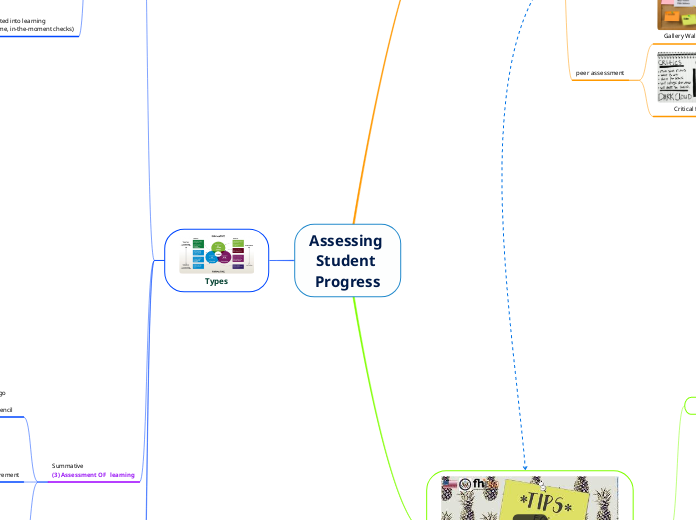Eval of Psychiatric D & Mental Status Exam
- Elements of the psychiatric exam can provide valuable info on a person's mental health
- the MSE consists of various groups of specific questions
- clinical psychiatric rating scales can be used
- agitation is a term freq used but does NOT have a "true" medical definition
- What axis among the multiaxial assessment includes the clinician's evaluation of the person's overall functioning?
- Axis V
- Are loose associations categorized under Thought Content?
- No -- thought process
- What do you ask a person when evaluating their abstract thinking?
- Proverbs
Evals Cont'd
Others:
Meds are often used - be more specific w/ symptoms
Webster's: emotional upset or disturbance
agitation: medical condition w/o a definitive diagnosis
Cognition rating/eval scales
Mini-mental status exam (MMSE)
Information memory concentration (IMC)
Clock drawing
Alzheimer's disease assessment scale (ADAS)
Adverse effects measurements
SAFETEE: gen assessment (N/V, diarrhea)
MED watch: FDA reporting
AIMS and DISCUS: tardive dyskinesia for antipsych drugs
Simpson-angus EPS scale: antipsychotic drug effect (parkinson's and dystonia)
BAS: antipsych drug effect (akathisia)
Anxiety
HAM-A: generalized anxiety
YBOC: obsessive-comp only
Zung SAS: gen anx (pt rated)
SPAAS: panic disorder only
Depression/Bipolar
Young Mania Rating scale
Beck & Zung: used by pt
MADRS: more popular for clinical drug trials
HAM-D: Oldest scale, still used
Psychiatric clinical rating scales
Psychosis Rating Scales
SANS:
specific for negative sxs, used with the BPRS
CGI:
not specific for this disease, but can be used in ALL other psych disorders. FDA req this scale to be used in addition to others. Clinician rated.
BPRS:
More general type of assessment
PANSS:
assess both positive/negative sxs
Sensitivity, specificity, reliability,
and validity are important
Validity:
-ability of the scale to measure what is designed to measure
-content: assess appropriate disease aspects
-concurrent: correlate with diagnosis or clinical change
-construct: measures symptom traits vs. specific symptoms
Reliability: the score on the scale reflects the hypothetical "true" score vs. interference from outside
-reports as correlation coefficient (0-1.0, with <0.7 being unreliable)
-interrater agreement - training
Specificity: test ability to determine that a symptom or illness is absent when the person does have the illness
Sensitivity: test ability to detect a symptom or illness is present
-Rating scales are tools that "translate" subjective data (hallucinations etc) into objective data
-assist in diagnosis of specific disorders
-used in clinical research, pt care, and administrative purposes
Drawbacks:
-time commitment
-inability of pts to tolerate interview
-repeated ratings needed over time
-clinician vs. pt rating
Eval of psych illness
Suicide Assessment
-Watch med refill freq
-Caregiver/family members questions (giving away possessions?)
Ask Q's:
1. Do you have any thoughts of harming yourself?
2. How would you do it?
3. Any previous attempts?
Mental Status Exam (MSE)
Lab Assesments: R/O other medical causes for psychiatric illness
CBCs with diff., U/A, LFTs, chemistry. ECG/CT scan
Component of MSE are part of every clinical rating scale
Mental Status Exam
Outline of Mental Status Exam:
G) Impulse Control
H) Judgement and Insight
I) Reliability
-judgement, insight and nil insight
F) Sensorium & Cognition
-Alertness/lvl of consciousness
-Orientation, memory, concentration/attention
-fund of knowledge
-abstract thinking (concrete)
-capacity to read/write
-visuospatial ability
-Fund of information and intelligence
E) Thought
-Associations (tangential, loose associations, clang)
-flight of ideas
-racing thoughts
-neologism
-blocking
-thought content (delusion, obsession, idea of reference)
D) Perceptual Disturbances
-hallucination
-depersonalization
-derealization
-illusion
C) Speech
-language, quantity, rate of production
-quality (confabulating, perseveration, circumstantial, echolalia)
B) Mood & Affect
-Mood
-Affect (flat, labile)
-Appropriateness
A) General Description:
-appearance
-behavior and psychomotor activity (posturing, stereotypic movement, motor tics, etc)
-attitude toward the examiner
-desc. of current pt. behavior, thoughts, perceptions and functioning and provides an objective eval used for diagnosis, assessment of course of illness and response to treatment
DSM-5:
-Provides a common lang.
-contains comp that provide a comprehensive understanding of the illness + assist clinicians in making an accurate diagnosis
-Incl. 5 axes
Axis V:
-Global assessment of functioning (GAF)
-ex: clinician's assessment of the person's overall functioning lvl (100 p scale w/ 100 representing highest lvl of functioning)
Axis IV:
-Psychosocial and environmental problems
-ex: educational, occupational, housing, economic
Axis III:
-General medical conditions
-ex: diabetes, HTN, I.D.
Axis II:
-Personality disorders & mental retardations
-ex: paranoid, schizoid, schizotypal, antisocial, narcissistic disorders
Axis I:
-clinical disorders
-ex: schizophrenia, anxiety, delirium, dementia, sleep disorders









